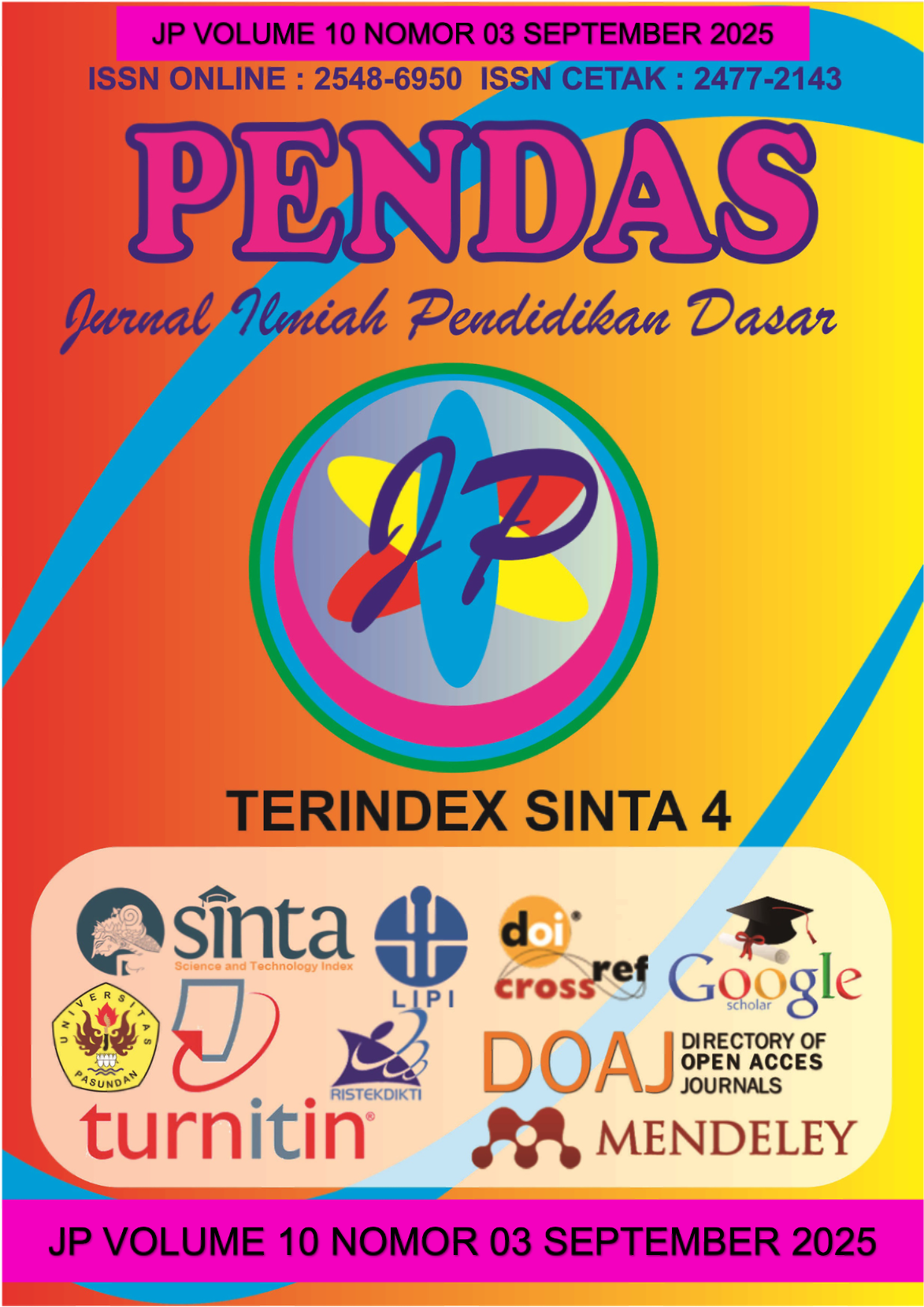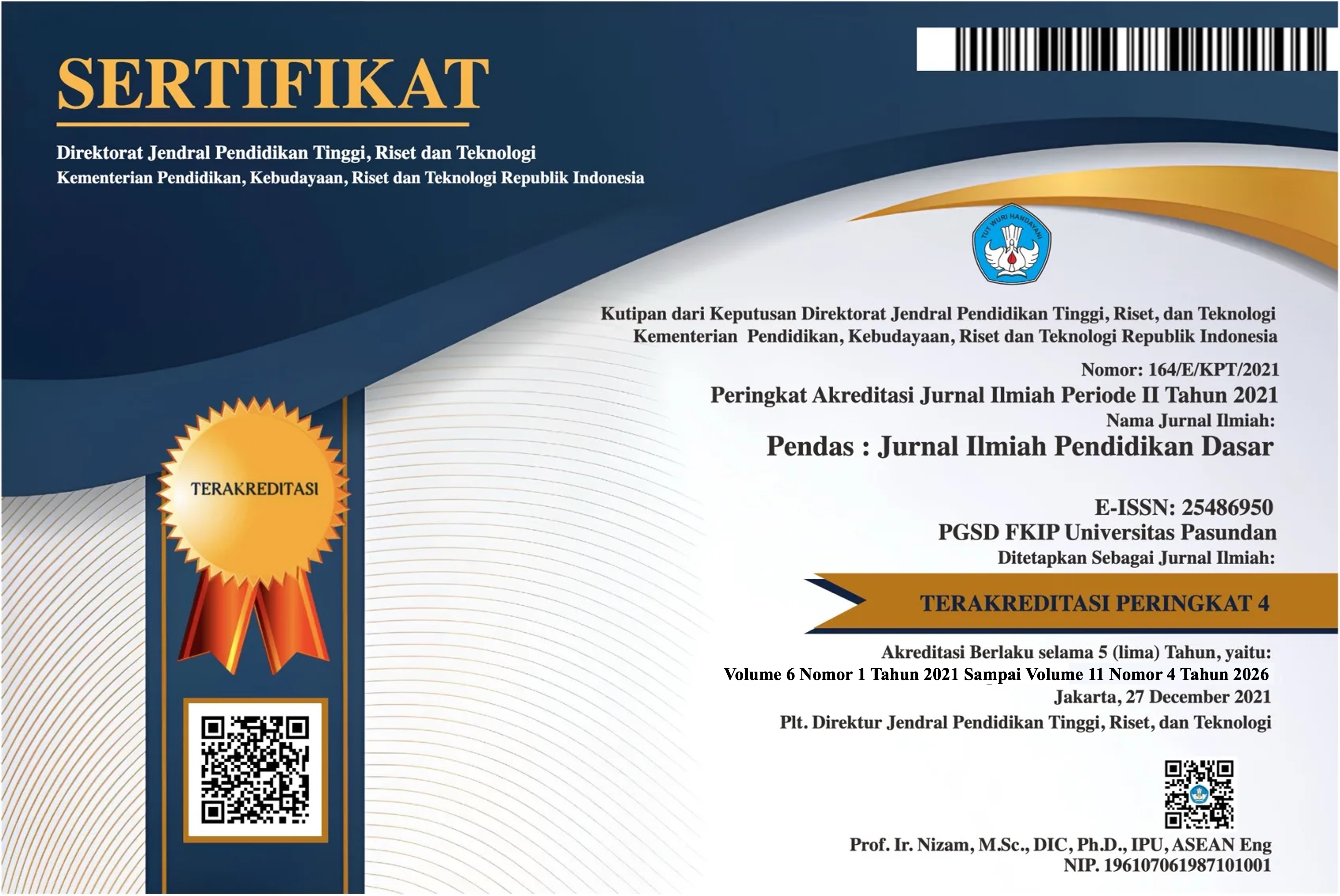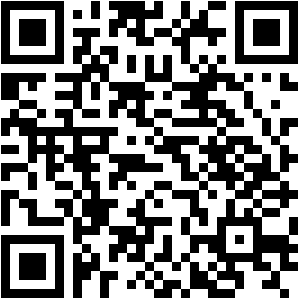PERBANDINGAN PENGGUNAAN MEDIA PEMBELAJARAN BENDA KONKRET DAN ELEKTRONIK DALAM MENGAKTIFKAN BELAJAR MATEMATIKA SISWA KELAS 1 SDN 131/IV KOTA
DOI:
https://doi.org/10.23969/jp.v10i03.30397Keywords:
Learning Media, Concrete Objects, Electronic, Learning ActivenessAbstract
This study aims to: (1) describe students’ activeness in learning
mathematics when using concrete learning media, (2) describe students’
activeness in learning mathematics when using electronic (audiovisual) learning
media, and (3) describe the comparison of students’ activeness in learning
mathematics when using concrete and electronic (audiovisual) learning media.
The research method used is descriptive quantitative. Data collection
techniques include direct observation and documentation. Data were obtained
through scaled instruments and descriptive observations based on
predetermined aspects of learning activeness. The collected data were
categorized based on the type of learning media used, namely during
mathematics learning in first-grade elementary students using concrete media in
the form of diagram pictures, and during the use of electronic (audiovisual)
media in the form of instructional videos. This type of research does not use a
hypothesis.
The research results show that students’ activeness in learning
mathematics was higher when using concrete learning media. Students were
more focused during the learning process and showed great interest in
participating in new activities and experiments related to the material. The
classroom atmosphere became more active throughout the lesson. Students
were also more capable of completing tasks and responding to the teacher’s
explanations. Emotionally, students demonstrated increased respect for their
peers, better interaction with both teachers and classmates, and greater
confidence and ability to express their opinions during the learning process. The
activeness of first-grade students at SDN 131/IV Kota Jambi increased more
significantly during mathematics lessons using concrete learning media
compared to electronic (audiovisual) media. This is because concrete media allow students to be directly involved in the learning process, thereby enhancing
their interest and engagement, facilitating their understanding of the material, and
improving their ability to analyze learning concepts. This effectiveness is
attributed to the limited attention span of first-grade students, making learning
media that involve physical activity and hands-on experiences more effective in
improving focus and learning engagement. In contrast, when using electronic
(audiovisual) learning media, most students paid less attention to the teacher
during material explanations and demonstrations. Many appeared bored, as the
instructional videos were only displayed on the board, and the image quality was
suboptimal. Students seated farther from the screen had difficulty seeing the
material clearly. However, they were still able to answer the teacher’s questions
and complete tasks well, though they appeared less focused and enthusiastic
during the mathematics lesson. Electronic media use is sometimes less effective
for first-grade students, as it can lead to boredom or distraction if not used
appropriately.
Downloads
References
Abdul., Didik., Junaedi. (2021).
Media Pembelajaran
Matematika. Aceh : Yayasan
Penerbit Muhammad Zaini.
Afriati, S., Nugroho, A., & Santosa,
M. (2022). Pengaruh
penggunaan video
pembelajaran terhadap
keaktifan dan keterampilan
kognitif siswa sekolah dasar.
Jurnal Pendidikan Dasar dan
Pembelajaran, 8(2), 123-134.
Chan, F., Pamela, I. S., Sinaga, I. S.,
Mesariani, M., Oktarina, R., &
Julianti, M. (2019). Strategi
Guru dalam Mengatasi
Kesulitan Belajar di Sekolah
Dasar. AULADUNA: Jurnal
Pendidikan Dasar Islam, 6(2).
Efektivitas media pembelajaran
digital dalam
mengembangkan
keterampilan bertanya kritis
pada siswa sekolah dasar:
Suatu studi literatur. Pendas:
Jurnal Ilmiah Pendidikan
Dasar, 10(2).
Haryono, C. G. (2020). Ragam
Metode Penelitian Kualitatif
Komunikasi. Jawa Barat : CV
Jejak (Jejak Publisher).
Kamilah, S.S., Rizka, R.H., Fia, A.,
Dini, S., Ade, S. (2025). Model
Pembelajaran SAVI (Somatic,
Auditory, Visualization, dan
Intellectually) untuk
Meningkatkan Hasil Belajar
Siswa. DIAJAR : Jurnal
Pendidikan dan
Pembelajaran. 4(1). 1-7.
Ningrum. G.A.O. 2021. Optimalisasi
Keaktifan dan Kemampuan
Berhitung dengan Media
Benda Konkret pada Siswa
Kelas I SDN Kaliwareng
Tahun 2020/2021. Journal Of
Education Reseacrh. 3(1). 80-
89.
Nugraha, D. (2019). Pengaruh
Penggunaan Media Benda
Konkret Terhadap Keaktifan
Siswa dalam Pembelajaran di
Kelas Rendah. Jurnal
Pendidikan Dasar. 8(2). 123-
130.
Putri, A., Sari, R., & Wulandari, S.
(2023). Strategi pembelajaran
matematika untuk
meningkatkan pemahaman
dan minat belajar siswa
sekolah dasar. Jurnal
Pendidikan Matematika, 7(1),
45-56.
Rukajat, A. (2018). Pendekatan
Penelitian Quantitative
Research Approach.
Yogyakarta: CV Budi Utama.
Riyana, S., Retnasari, L., &
Supriyadi, A. (2020).
Penggunaan benda konkret
sebagai media untuk
meningkatkan keterampilan
menghitung pada
pembelajaran tematik siswa
kelas I Sekolah Dasar.
Prosiding Pendidikan Profesi
Guru, 1623–1629. Universitas
Ahmad Dahlan.
Sugiyono. (2017). Metode Penelitian
Kuantitatif, Kualitatif dan R&D.
Jakarta : Alfabeta.
Sari, M., & Rachman, A. (2020).
Media Pembelajaran Benda
Konkret dan Motivasi Belajar
Siswa Sekolah Dasar. Jurnal
Ilmu Pendidikan. 15(1). 45-52.
Downloads
Published
Issue
Section
License
Copyright (c) 2025 Pendas : Jurnal Ilmiah Pendidikan Dasar

This work is licensed under a Creative Commons Attribution 4.0 International License.



















